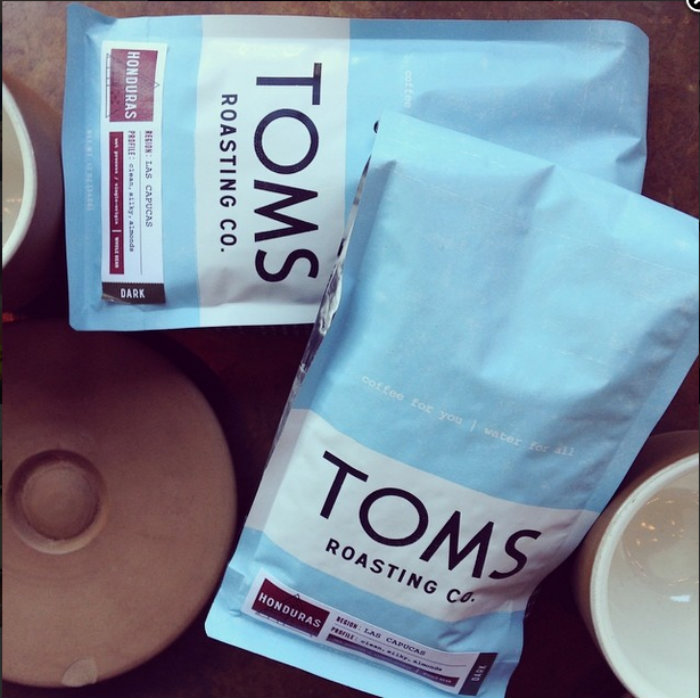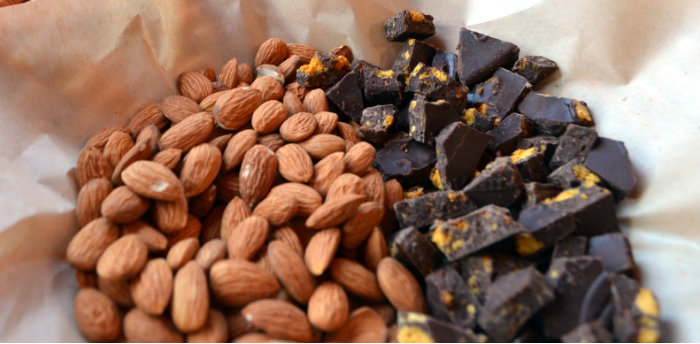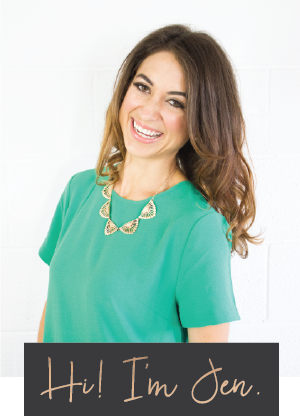All You Need to Know to Brew the Best Cup of Joe

In general, I would consider myself a fairly good cook in the kitchen. Give me a recipe and a little room for creative interpretation and I’ll whip you up pretty mean meal. Yet, despite my kitchen finesse when it comes to cooking, there has been one menu item that has remained outside of my capabilities. I have been plagued with an ineptitude to brew a great cup of coffee.
At first glance, the process seems simple enough. Pour hot water through coffee grinds until it turns into a black liquid, sweeten up with milk and sugar, and serve. Though, time and again my attempts turn out less than satisfactory. I can’t seem to get the water to coffee ratio correct; always ending up with a drink that taste watered down or far too bitter.
These epic fails have resorted to the use of a Keurig to get through my morning ritual. I have a love/hate relationship with my Keurig. I love it for its simplicity but hate it for what it stands for–my complete ineptitude to master the most basic of kitchen skills. The latter seems to have been more pronounced as of late and has me stirring to break out of my training wheels. After experiencing the cafe culture of Vienna I decided to do a little research and attend a tasting at my favorite coffee shop to learn how to step up my coffee game.
Though the practice has just begun, I’ve already picked up quite a few helpful tips that have taken my coffee capabilities from a few notches up. Whether you’re a brewmaster or just getting started, read on for the tips that will help you too to serve up the perfect cup of coffee.
1. Step Up Your Brewing Method

French Press- Best if you like a dense, heavy cup of coffee
Boil enough water to fill your French press about 80% full. For a 17-oz. press, that would be about 14 oz. While you water is boiling, grind your coffee beans into a course but even texture. A 1:10 ration of coffee to water is recommended or in this case just under 3 tablespoons of coffee. Add the grinds to the bottom of your press and slowly pour your water over them until fully submersed. Gently stir the coffee water mixture and then allow to sit for 30 seconds to allow the grinds to bloom (aka expand). Add the remaining water and gently lower the press lid on top of the grounds but do not plunge. Allow the coffee to steep for four minutes before pressing the filter fully down. Immediately serve the coffee or transfer to a pot to stop the brewing process.
>Drip- Best if you want an easy to brew single cup
You’ll want to boil twice as much water as you’ll need for the actual brewing (around 20-24 oz for a large cup). Place a clean filter into your dripper and place the dripper over a clean cup. Saturate the filter until you have poured about half of the boiled water into the carafe. Allow the water to sit for about one minute and then empty out. The goal is simply to warm up your serving tools. Measure out 2-3 tablespoons of coffee beans and grind until they are the texture of sea salt. Add the grinds into the now-wet filter and shake until flat. Slowly pour in the remaining water beginning in the center of the grinds and circling out. As you do this the coffee will expand. Allow it to sit for 30-45 seconds until it settles and then continue pouring until you’ve emptied the water.
ChemEx- Best if you want to brew a full pot
As with the drip, you’ll want to boil twice as much water as you’ll need for the actual brewing (5-6 cups for a full pot). Place a clean filter into the top of your Chemex. Saturate the filter until you have poured about half of the boiled water into the carafe. Allow the water to sit for about one minute then empty into the cups in which you will serve the coffee. Measure out 4-5 tablespoons of coffee beans and grind until they are a course but even texture. Add the grinds into the filter and gently shake until flattened. Slowly begin to pour in the water beginning in the center of the grinds and circling out. Allow the coffee to bloom as you pour to ensure even water dispersion. Continue to pour until you’ve added two times as much water as coffee.
2. Pick Your Beans

Photo courtesy of Blue Bottle Coffee
Much like wine, coffee offers a span of unique flavor profiles. Two of the most important factors affecting the coffee’s taste are it’s origin and it’s roast.
Origin
Most coffee is harvested from one of three regions — the Americas, Africa/Arabia, and the Pacific. Beans from the Americas tend to be described as mild, bright, and clean, African beans are known to produce a more exotic flavor with hints of fruit and wine, and beans from the Pacific are characterized by smooth and earthy notes.
Roast
The degree to which a bean is roasted can have a big impact on the final flavor. In general, the darker the roast the greater it will overpower the flavors originally present in the beans and the higher the flavor from the roasting process. Another interesting thing to note is that the lighter the roast the higher the caffeine content.
No matter which type of coffee you choose to go with, you will always get the best flavor from fresh roasted whole beans. The longer coffee sits on the shelf the more flavor it loses. Buy fresh and grind just before using and you’ll instantly step up your coffee game.
3. Activate the Taste

Photo courtesy of Blue Bottle Coffee
If you think about it, the most prominent ingredient in your cup of coffee is water. The taste of your water will highly affect the taste of your coffee so whenever possible use filtered water over tap. When measuring out your coffee to water ratio, the general rule of thumb is 2 tablespoons of coffee for every 6 oz of water. However, depending on your taste you may need to adjust this up or down.
4. Add Your Accompaniments

Even the most hard-core coffee enthusiasts will admit to adorning their cups with a little something special. Your perfect cup is unique to you so experiment with different add-ons until you find the flavors that best suit your tastes. Remember that it’s not only what goes in your cup of coffee that will affect the taste but also the foods that you enjoy with it. Just like wine, different food pairings will draw out certain flavor notes in your brew.
Sweeteners
The simplest of sweeteners is pure sugar however, there are many more interesting options to try. Some say raw cane sugar will add a purer taste while brown sugar will add a nuttier one. If you’re feeling feisty, why not see how you like the taste of honey or agave in your coffee? Of course, for the calorie conscious, you can always opt for sweeteners like stevia but be warned that they will tend to add a bitter after-taste.
Milk
IMOO, milk makes a coffee. Traditionalist enjoy cream or 2% cow’s milk but there are many options also available to veggies and vegans. My preference is unsweetened vanilla almond milk or soy milk. If you do choose to use a non-dairy milk however, know that it will not completely mix into your coffee and you will see “floaters” in your cup.
Flavors
Spices like cinnamon and nutmeg can mix up your morning cup of joe and are especially nice around the holidays. Flavored syrups and extracts like hazelnut and vanilla can also add a unique twist.
What are your tips for brewing your best cup of coffee? Comment below or tweet us @SingleDiariesXO!
Superbly Single,
Jen





























